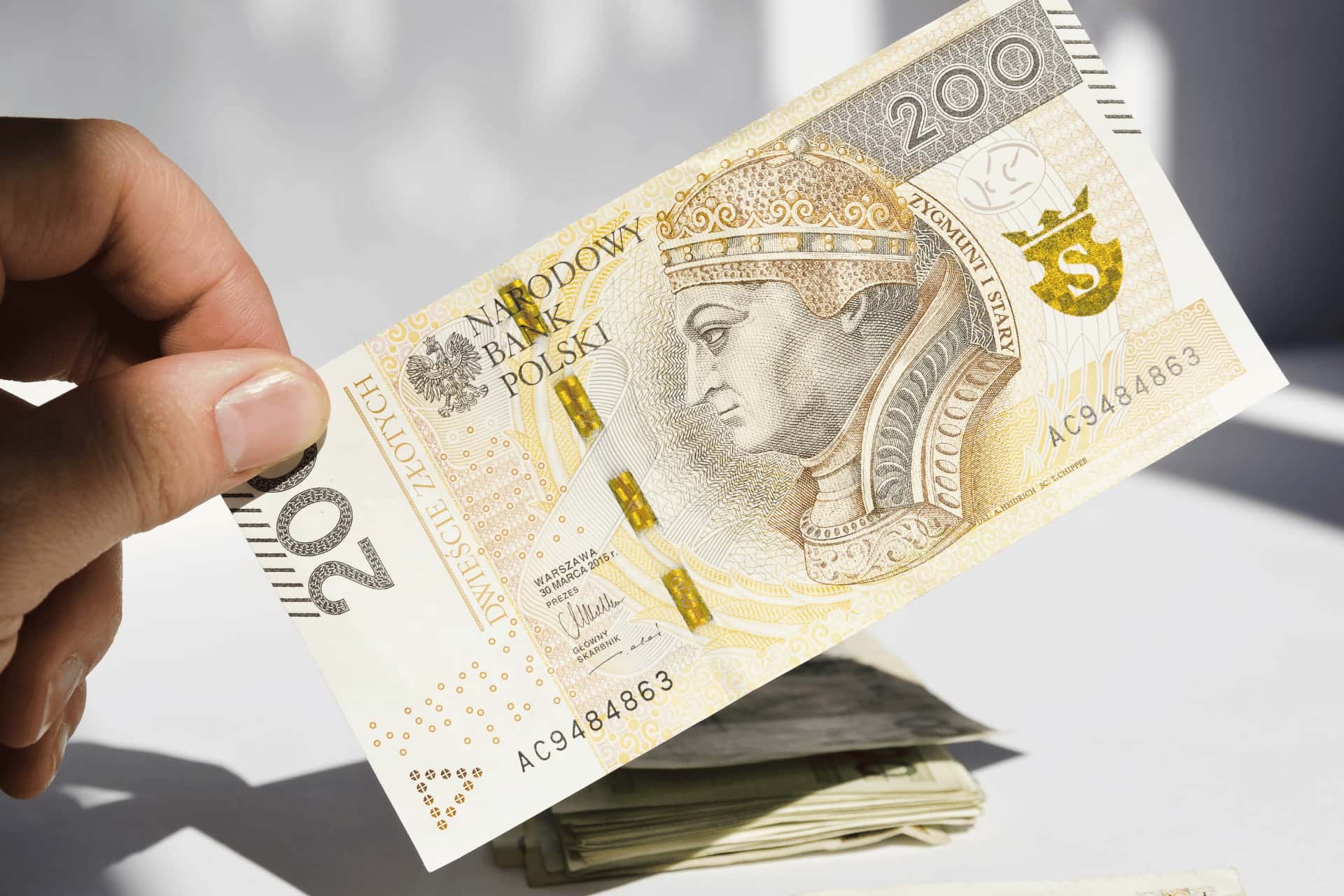A Closer Look at Financial Transactions
In the complex network of financial transactions that form the backbone of our global economy, each payment serves as a critical connector, binding parties through the exchange of value. To demystify the principles behind these transactions, this article explores the foundational aspects of payments. It examines the roles of payer and payee, the flow of value, and the contractual underpinnings of each transaction. For simplicity, our discussion initially assumes a direct interaction between payer and payee, focusing on the immediate transfer of value and the corresponding debit and credit entries.
The Fundamental Roles: Payer and Payee
Central to every payment transaction are the two key players: the payer and the payee. The payer initiates the transaction, offering value in return for goods, services, or to settle an obligation. Conversely, the payee receives this value, in exchange for providing goods, services, or fulfilling a contractual agreement. This delineation of roles is crucial for understanding the mechanics of any financial transaction, highlighting the source and destination of the exchanged value.
Direct Flow of Value: Understanding Debits and Credits
In the realm of payments, value moves unidirectionally from the payer to the payee, a concept that transcends the mere exchange of cash to encompass changes in ledger balances. For the payer, this signifies a reduction in value, mirrored by a decrease in their ledger balance. For the payee, it signifies an increase, reflected in an uptick in their ledger balance. This movement is underpinned by the accounting principles of debits and credits: the payer’s account is debited (signaling a decrease in assets or increase in liabilities), while the payee’s account is credited (indicating an increase in assets or decrease in liabilities). It’s important to note, for the simplicity of this introduction, we assume these credit and debit transactions occur directly between the payer and payee, simplifying the understanding of value transfer.
Every Payment as a Contract
Each payment transaction is underlined by a contract, whether formal or informal, explicit or implicit. This contract codifies the agreement between the payer (Party A) and the payee (Party B) regarding the value exchange. From verbal agreements to legally binding documents, the nature of this contract varies with the transaction’s context and scale, embodying the intent and acceptance of value transfer between parties.
I also wrote a separate article called “Every Payment is a Contract“
The Role of Banks in the “Official” Payment World
While our initial discussion assumes direct transactions between payer and payee for simplicity, it’s pivotal to acknowledge that in the “official” realm, banks or financial institutions play a crucial intermediary role in nearly all payments. This additional layer facilitates the transfer of value, ensuring security, record-keeping, and compliance with regulatory standards. In essence, while the payer and payee are the primary actors in the narrative of a payment, banks act as the stage, setting the scene for the secure and efficient exchange of value.
Conclusion
Payments are the lifelines of the global economy, facilitating the seamless flow of value across individuals, businesses, and borders. By dissecting the roles of payer and payee, the directional flow of value, and the contractual basis of transactions, we gain invaluable insights into the economic interactions that sustain our daily lives. Recognizing the direct interactions between payer and payee, alongside the indispensable role of banks, enriches our understanding of the financial ecosystem’s complexity and sophistication.
—
This page was last updated on March 7, 2024.
–




